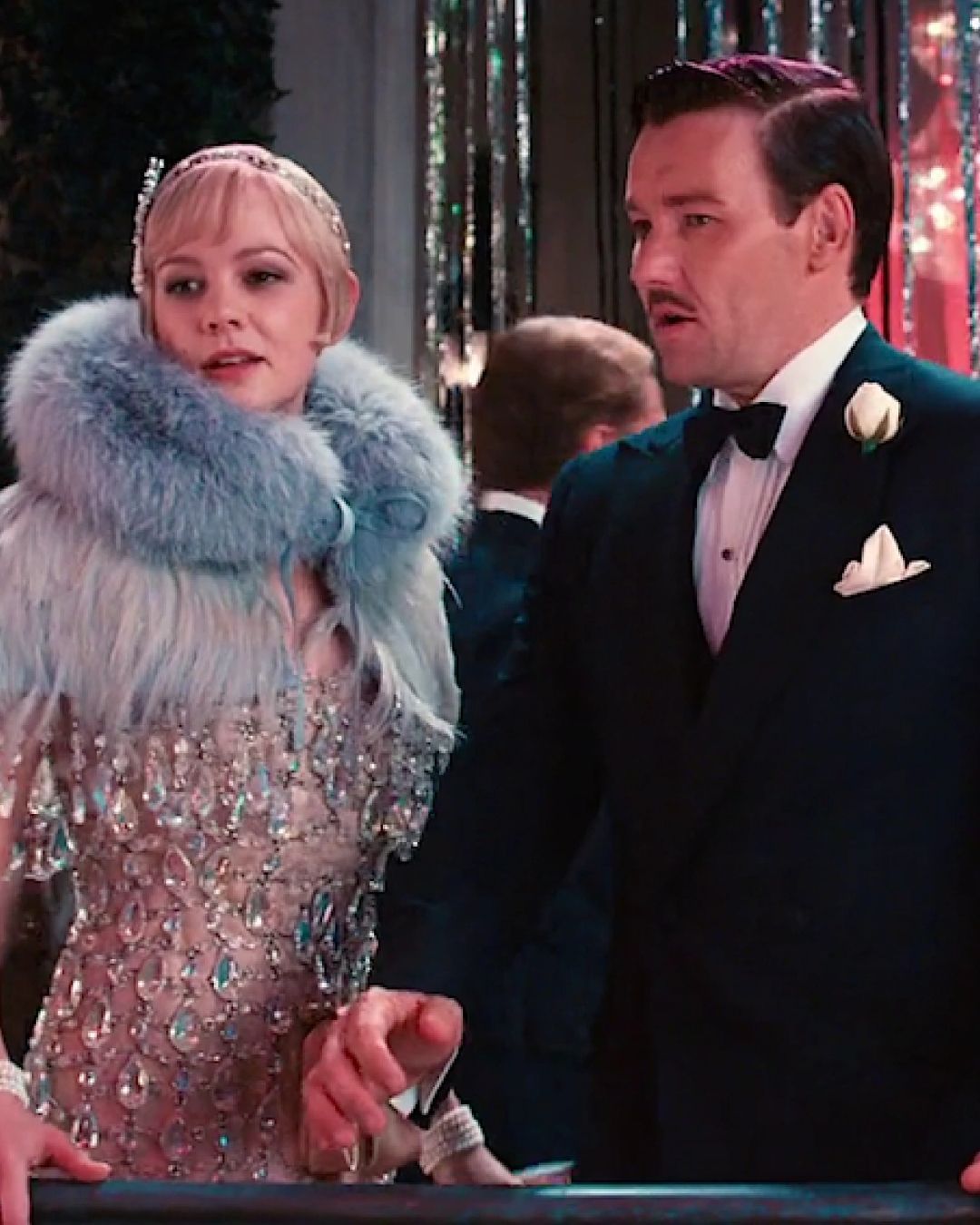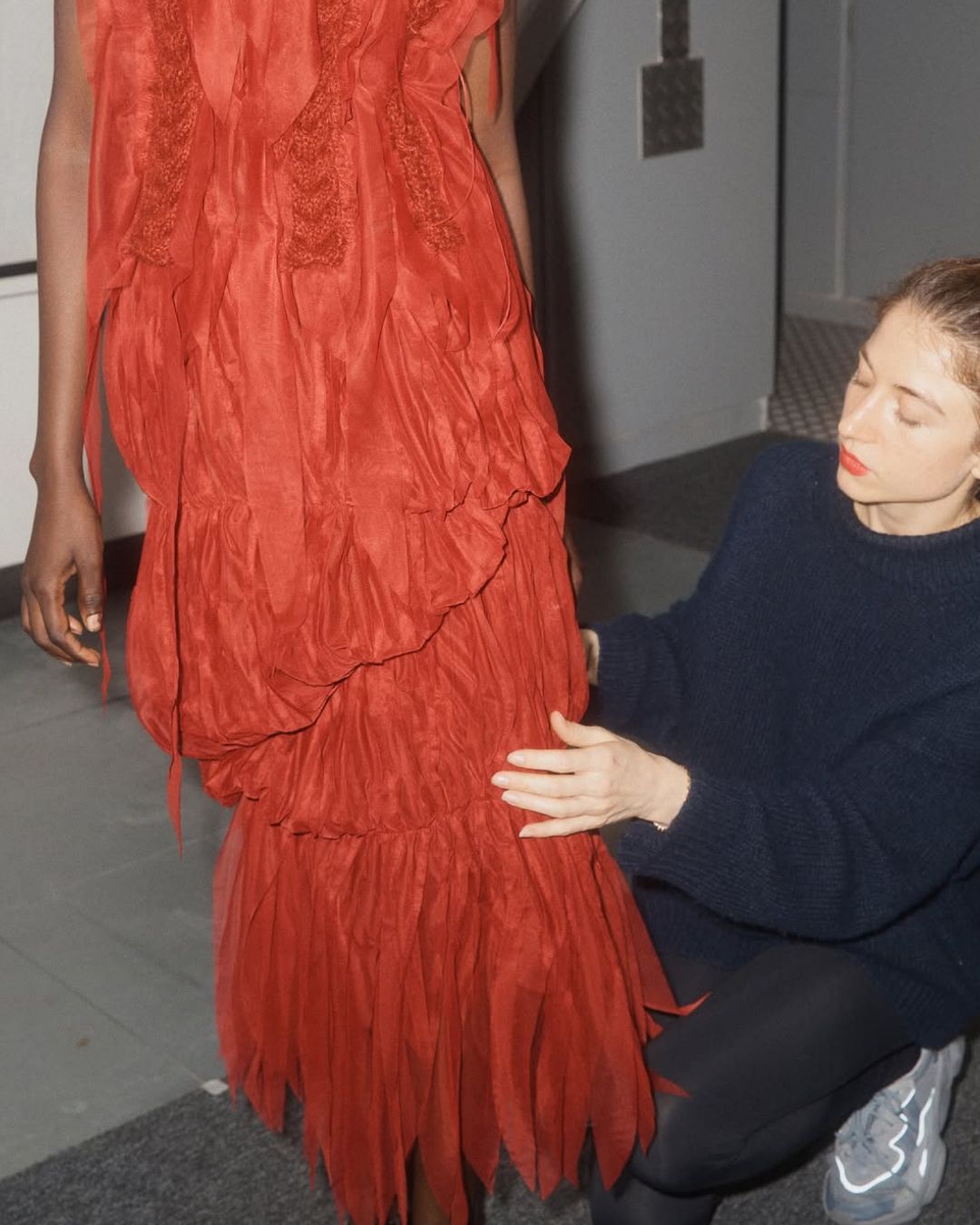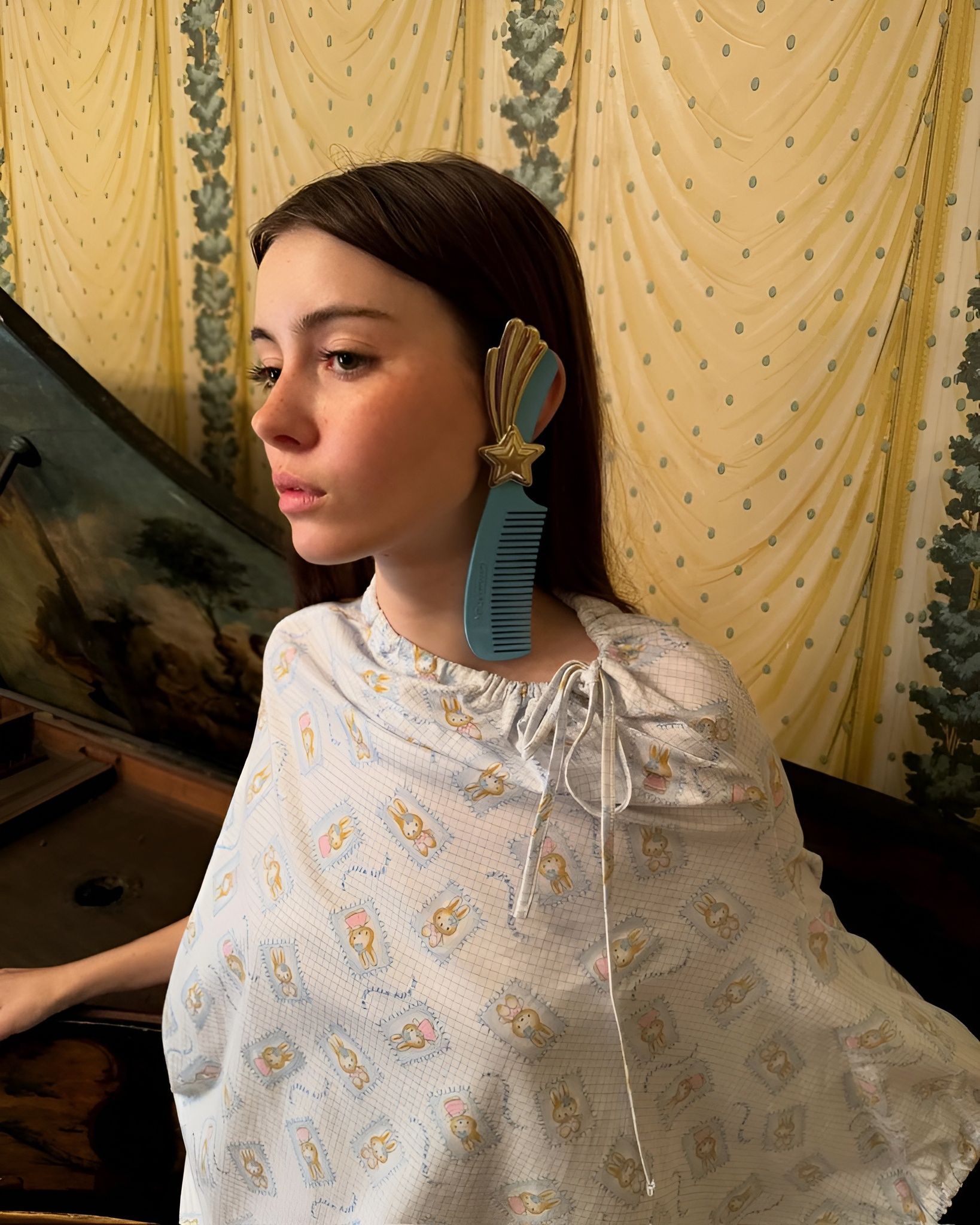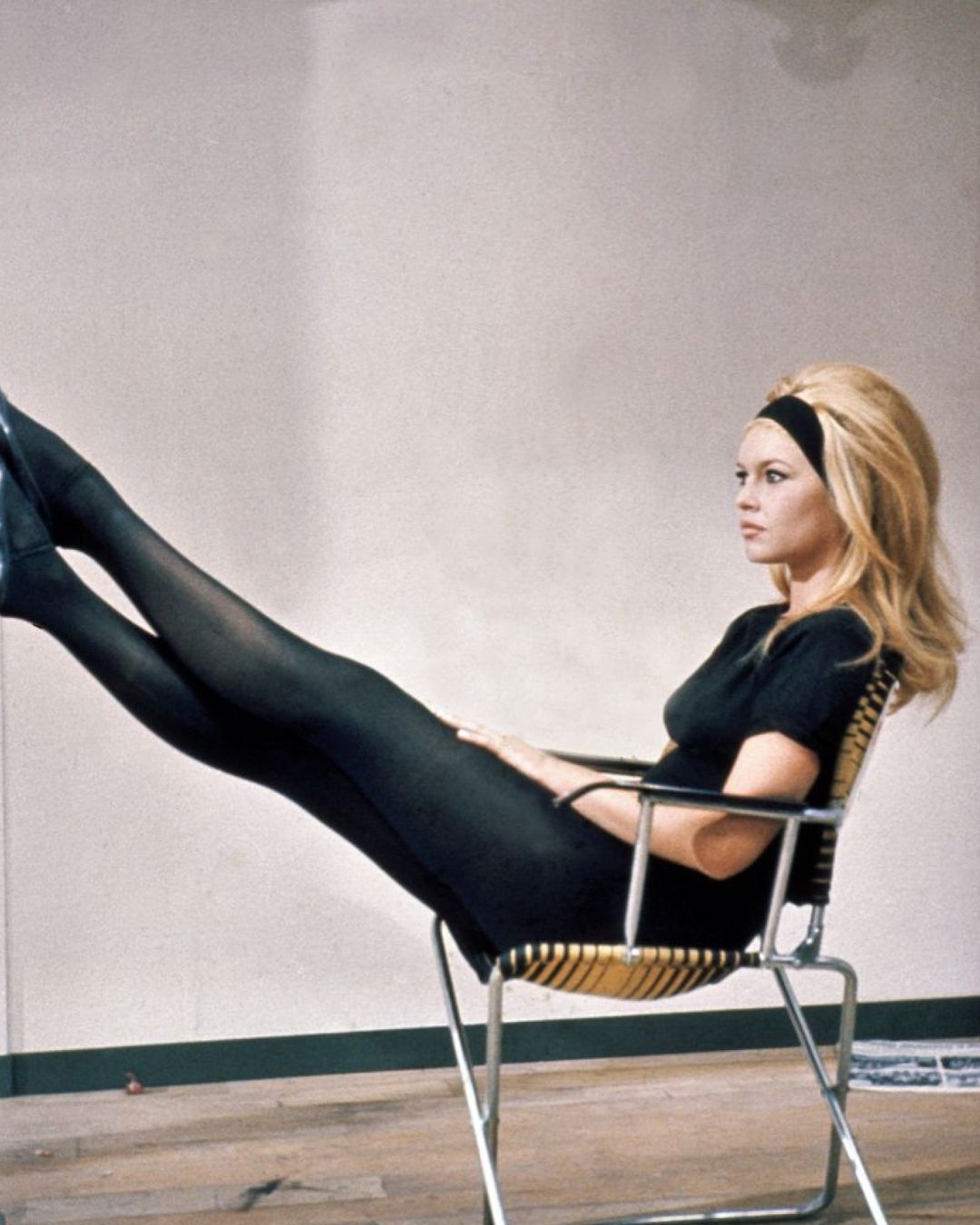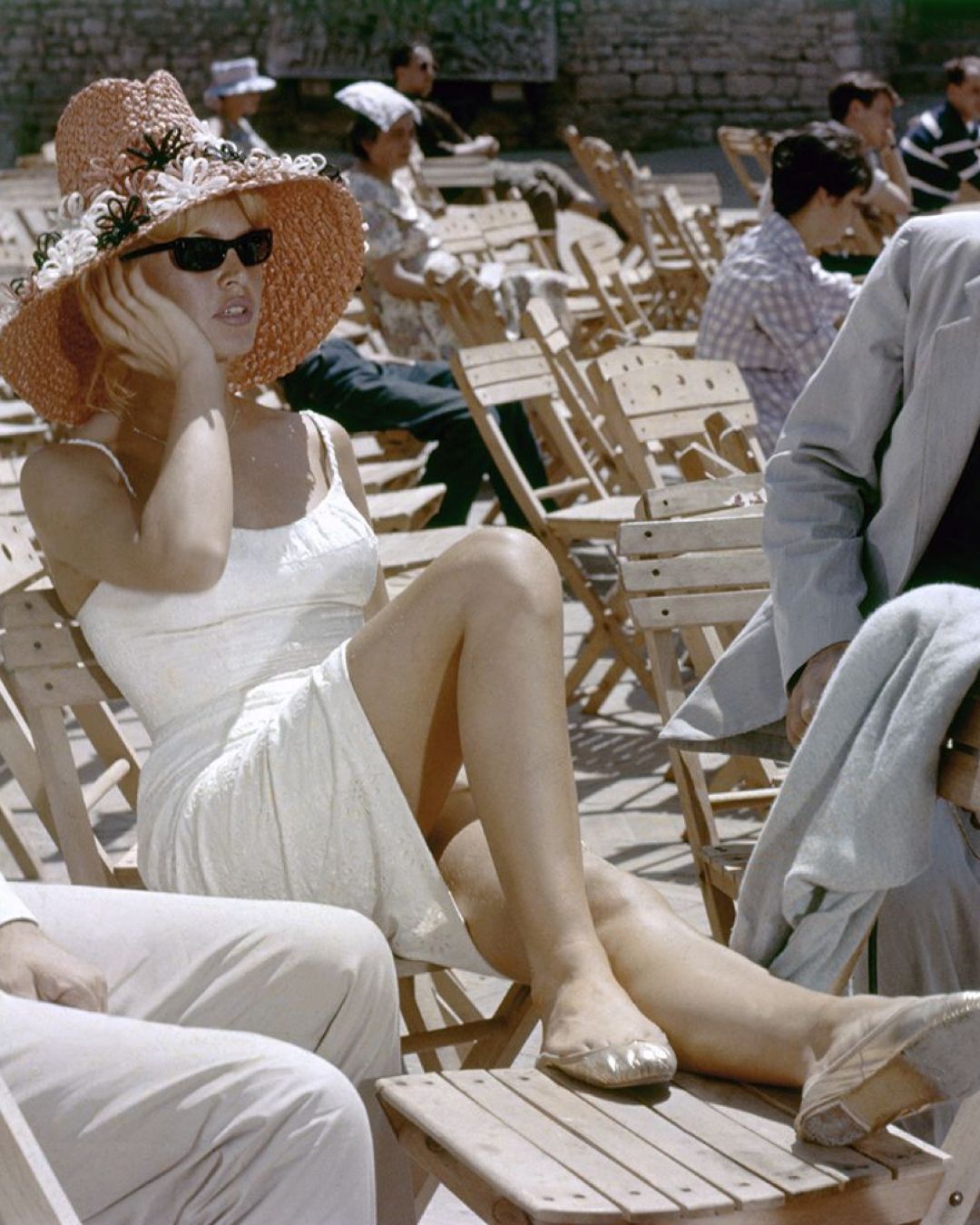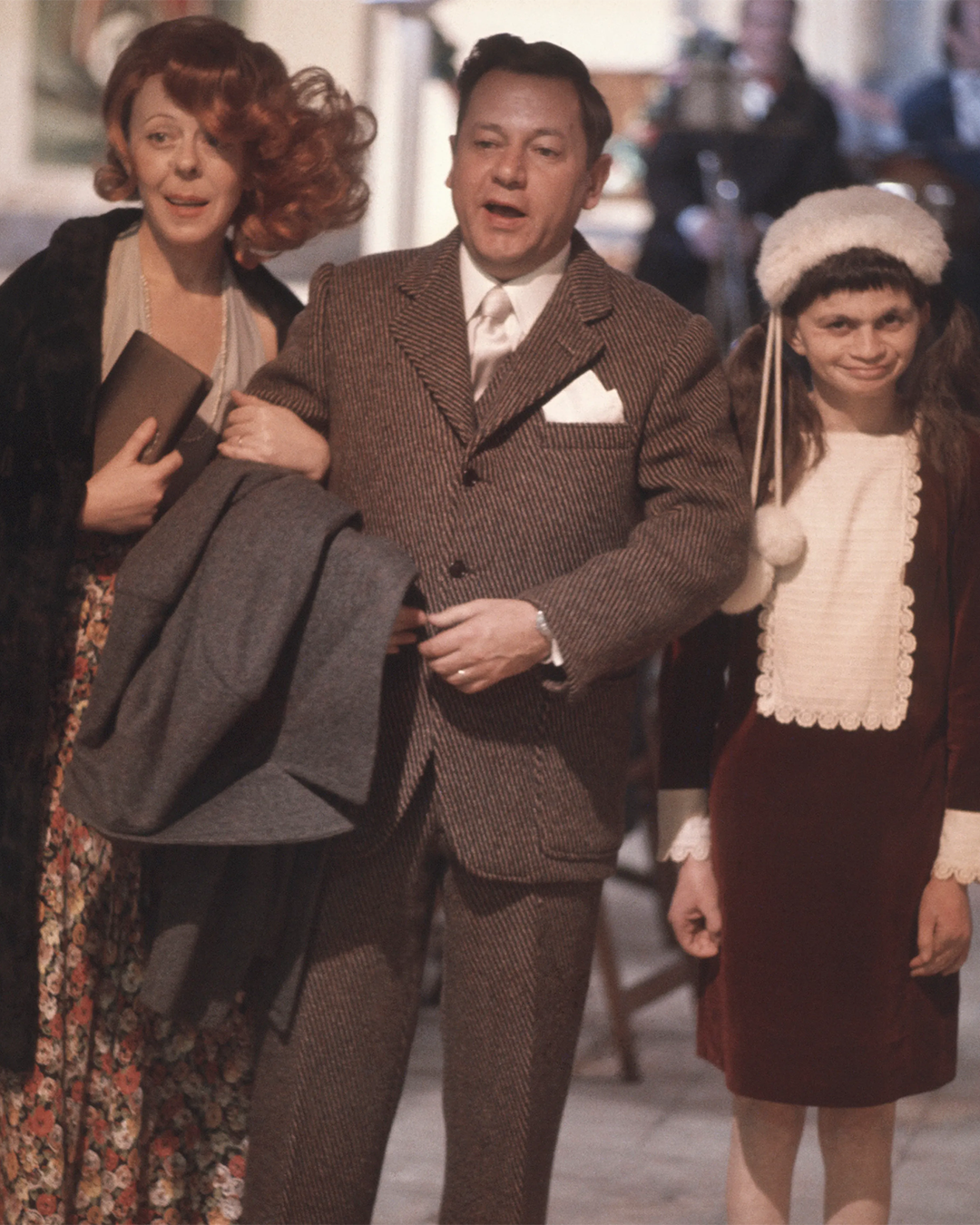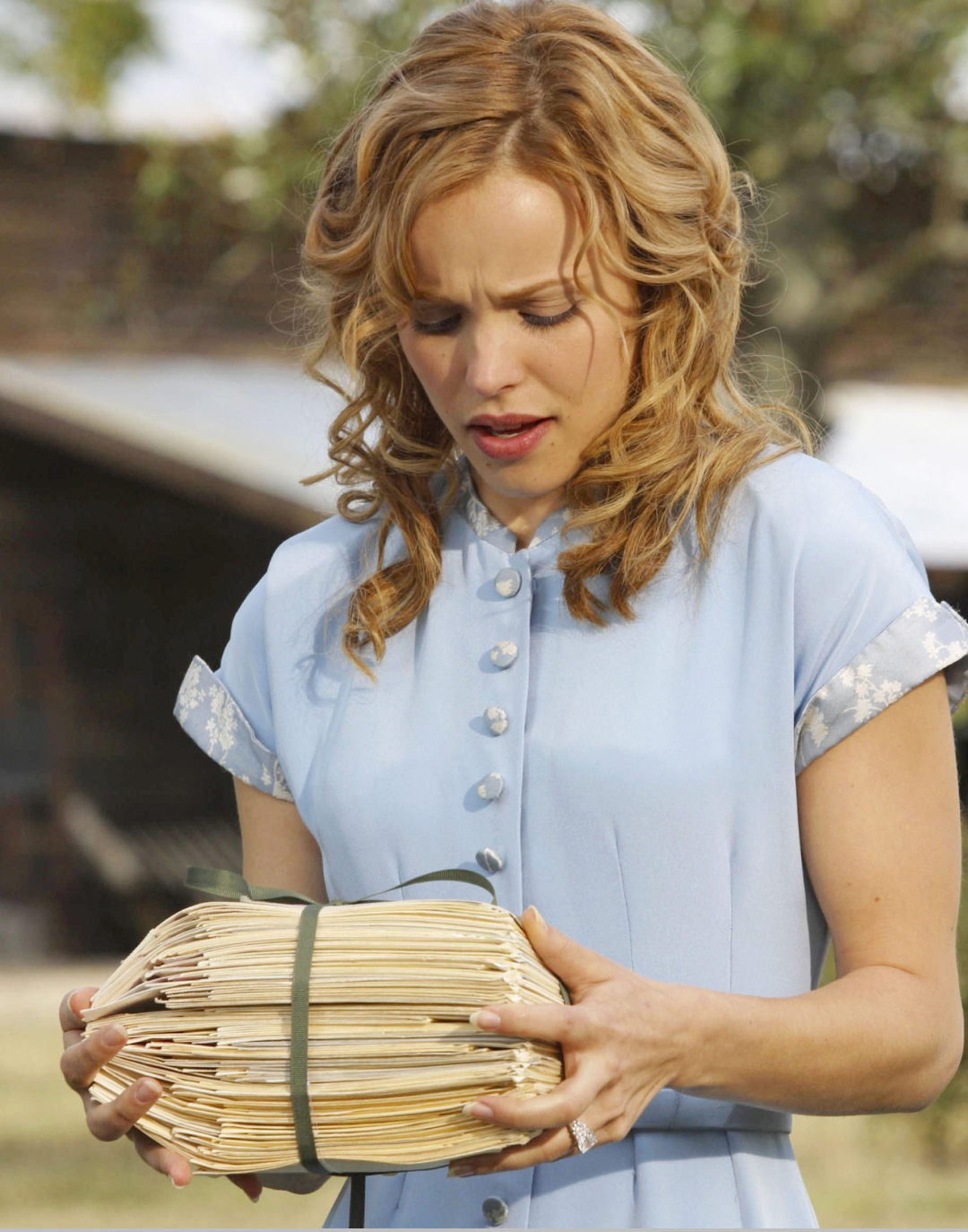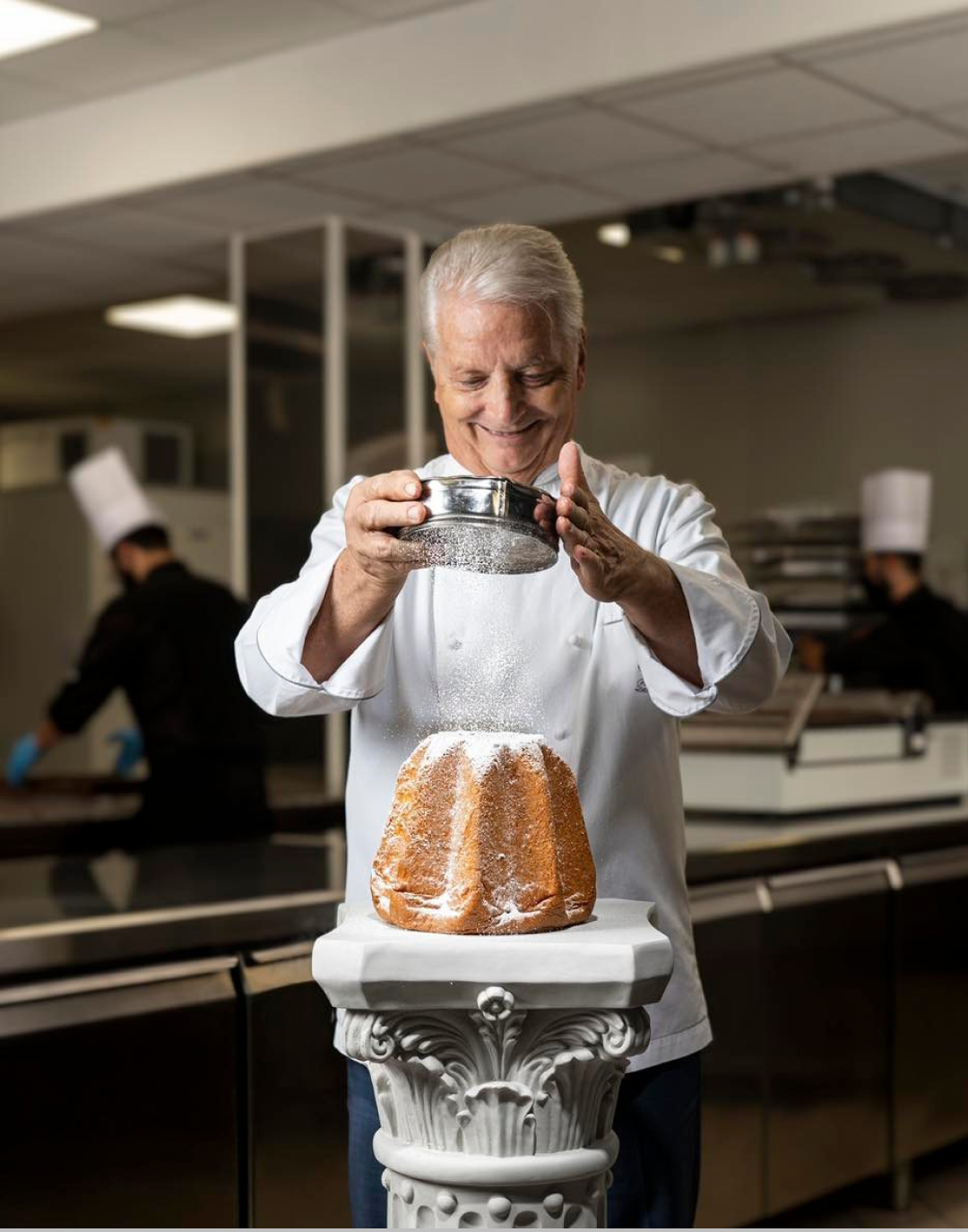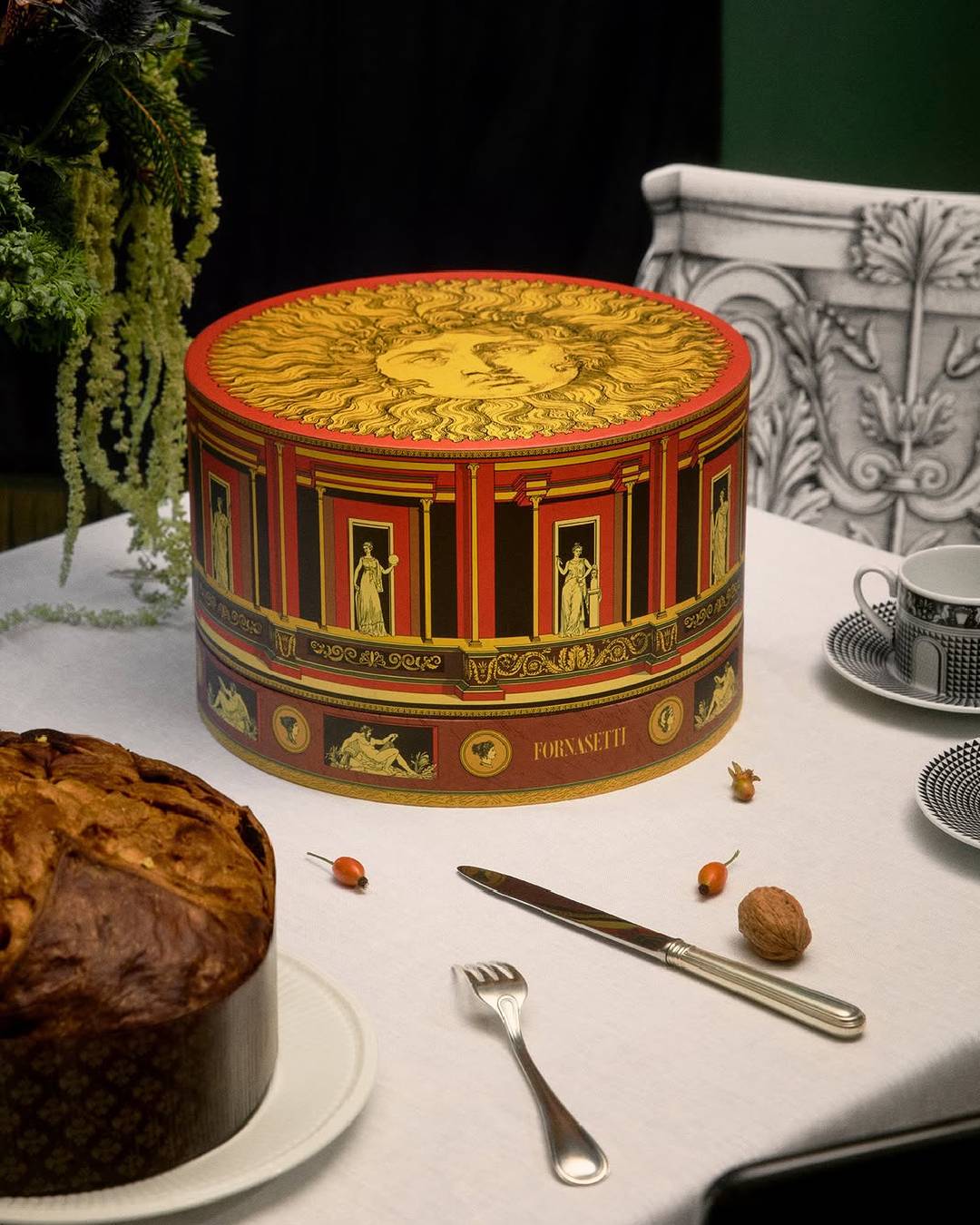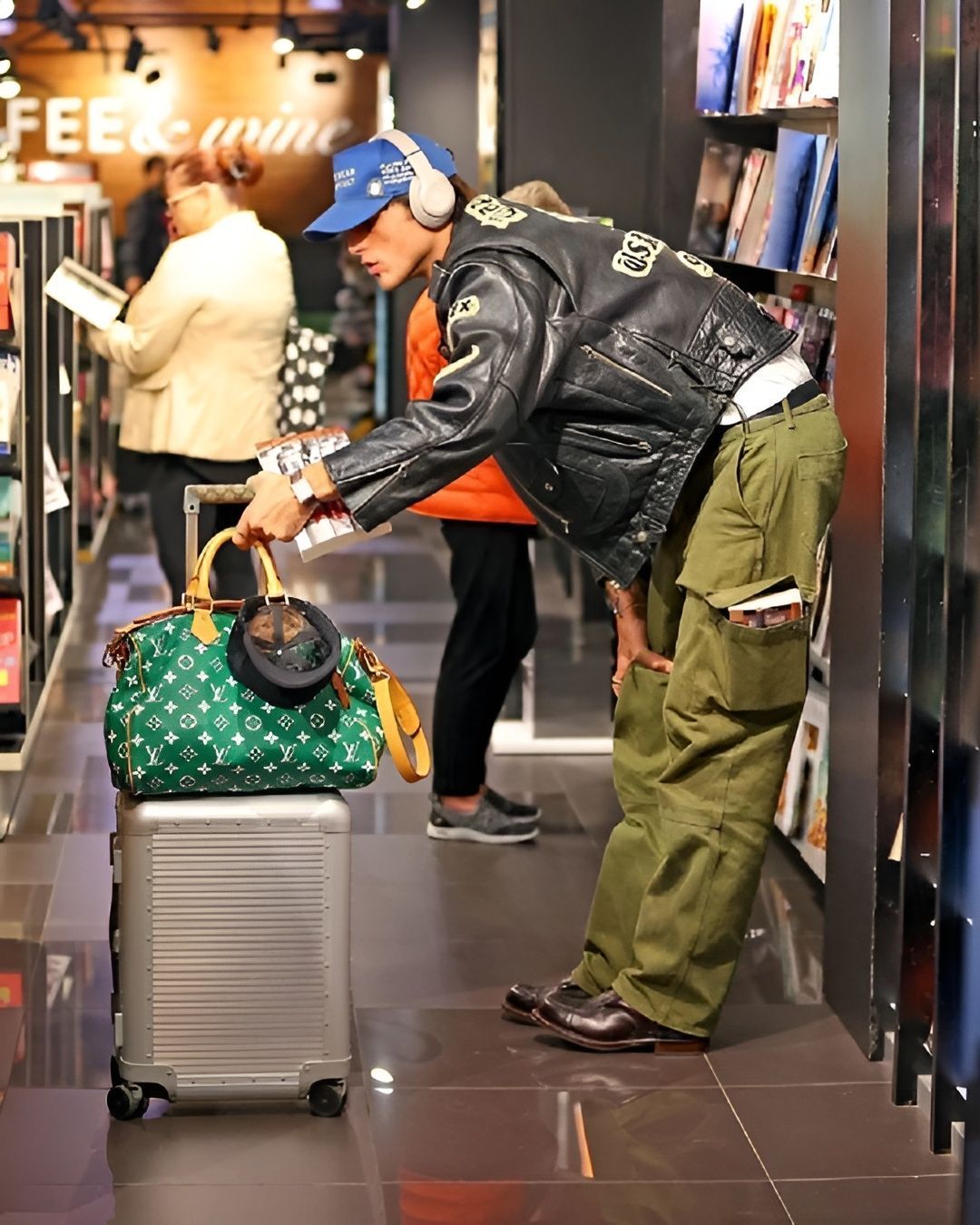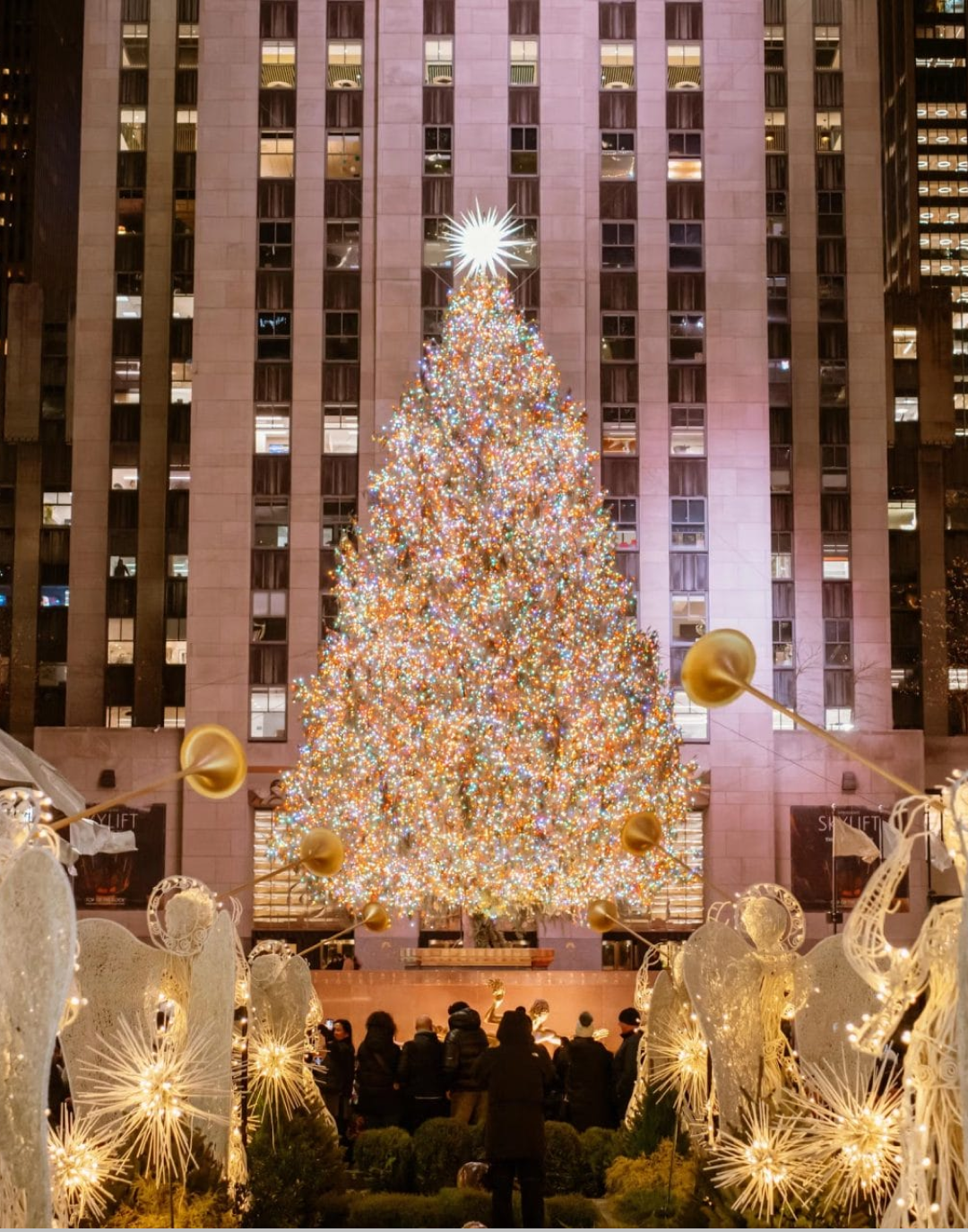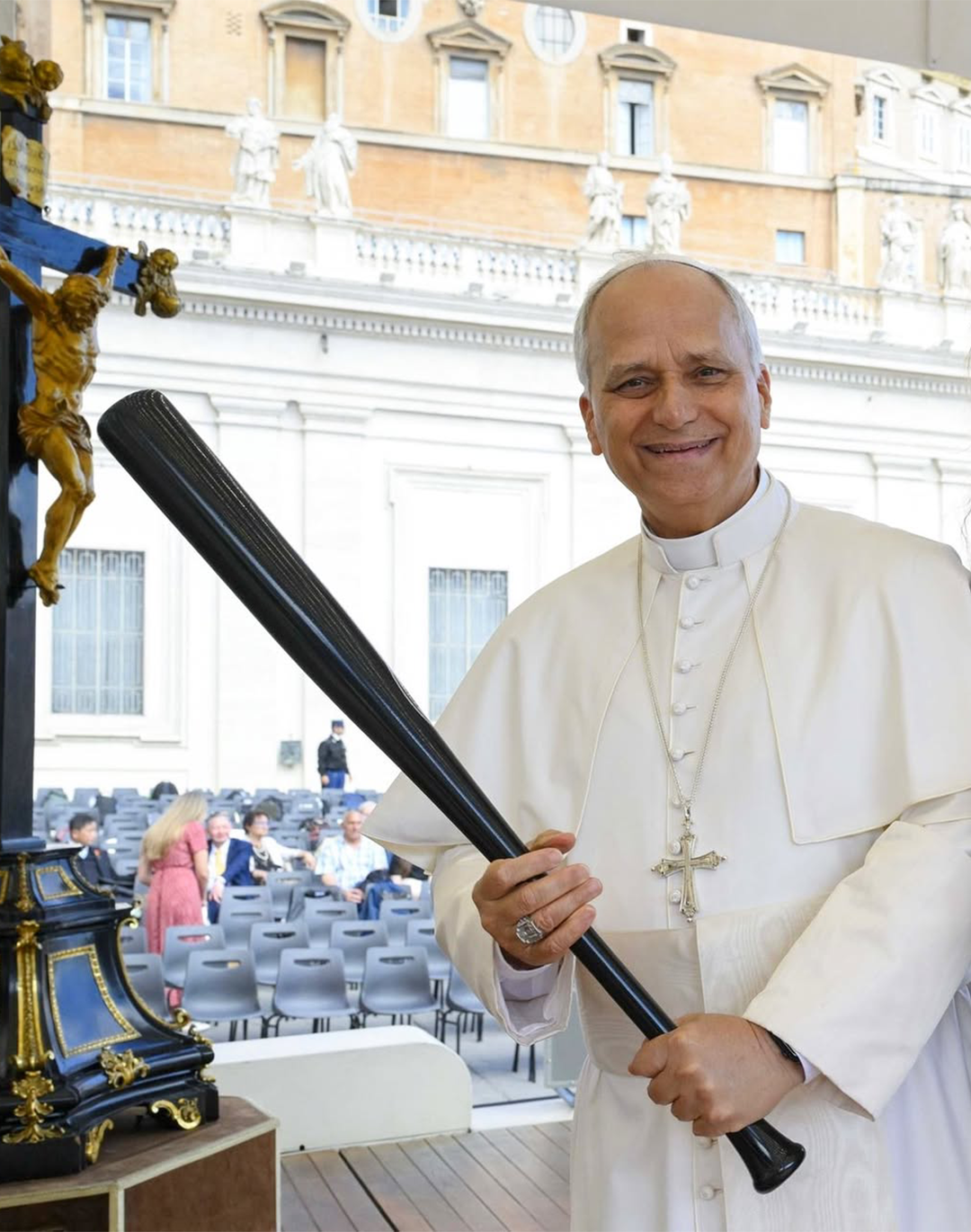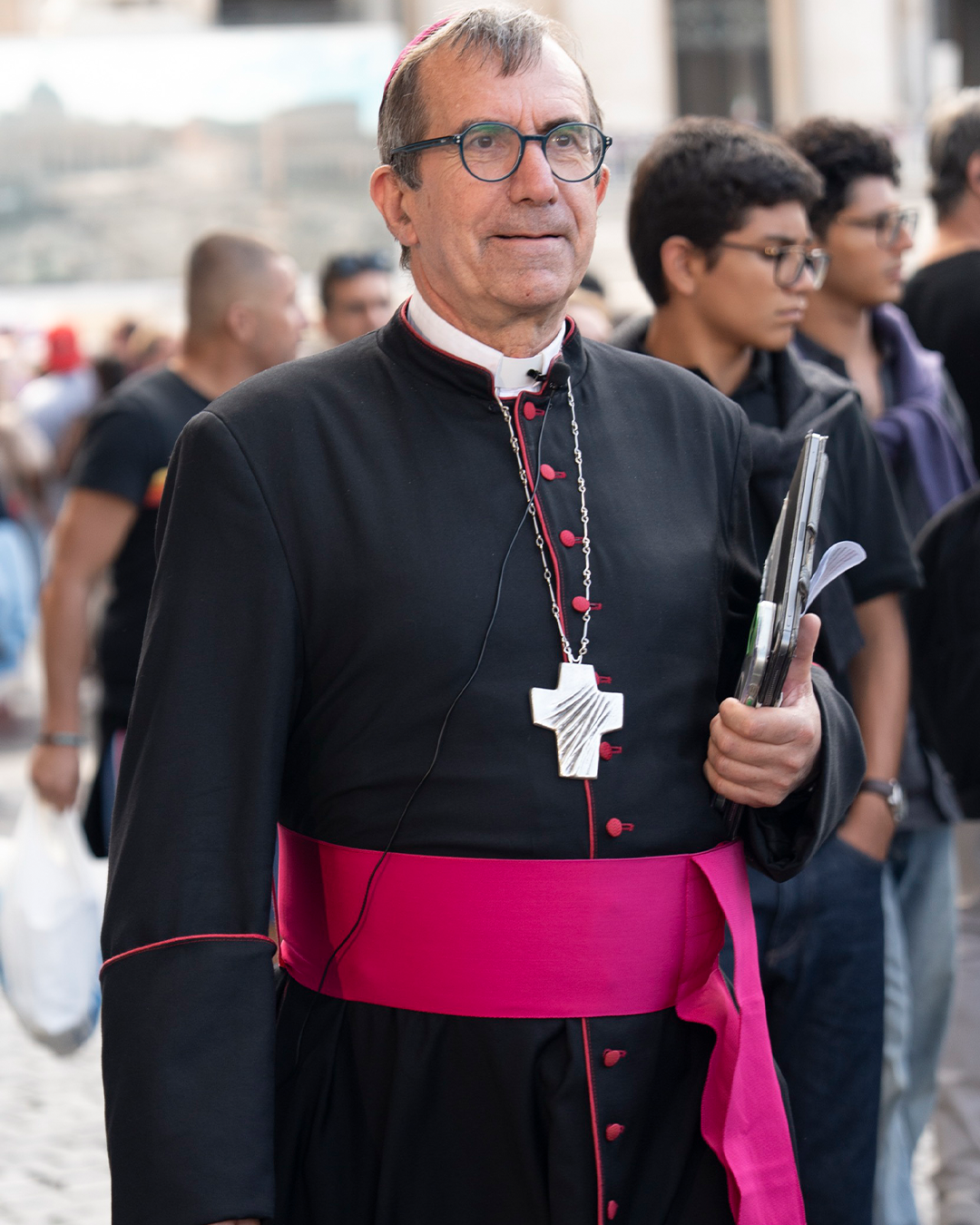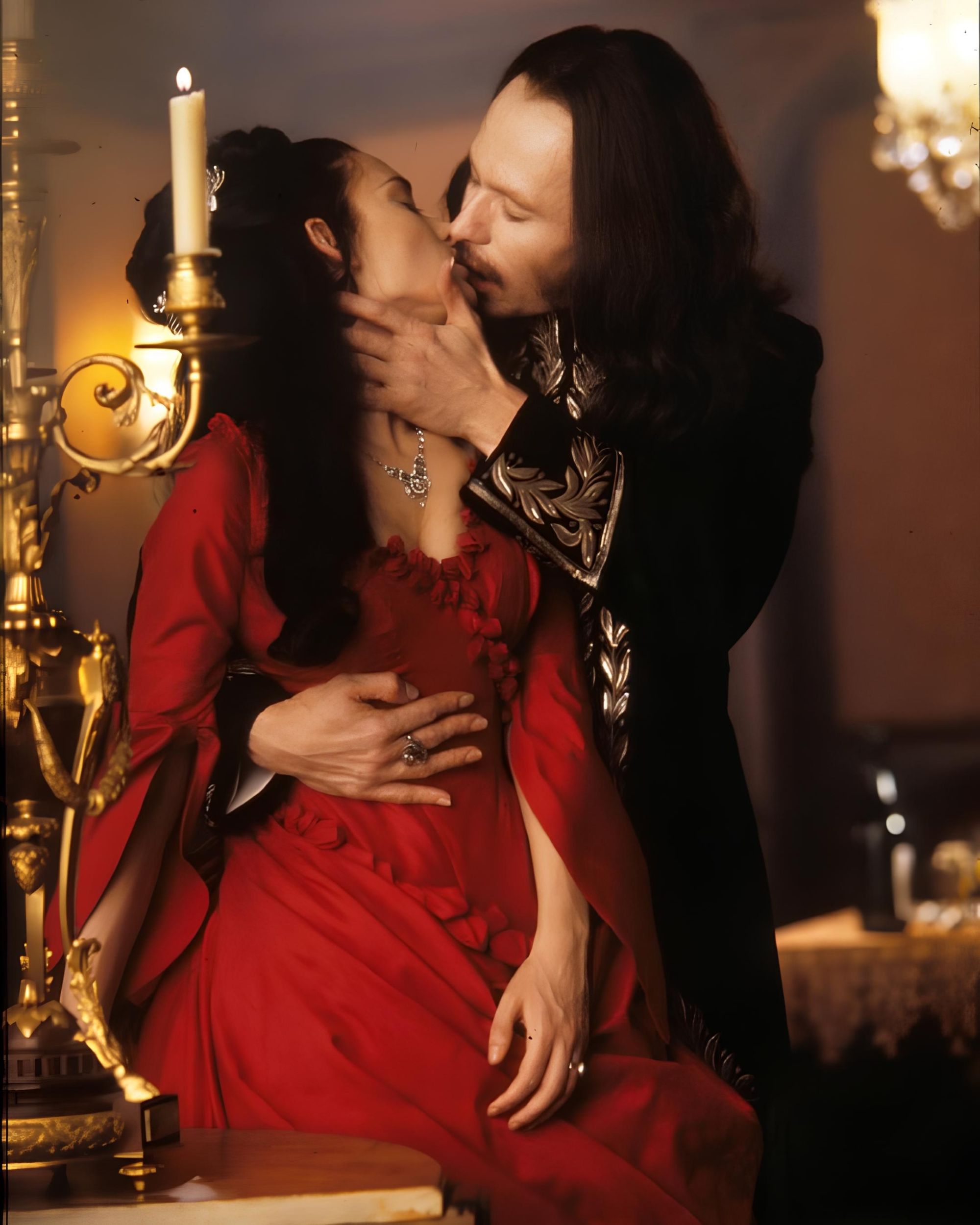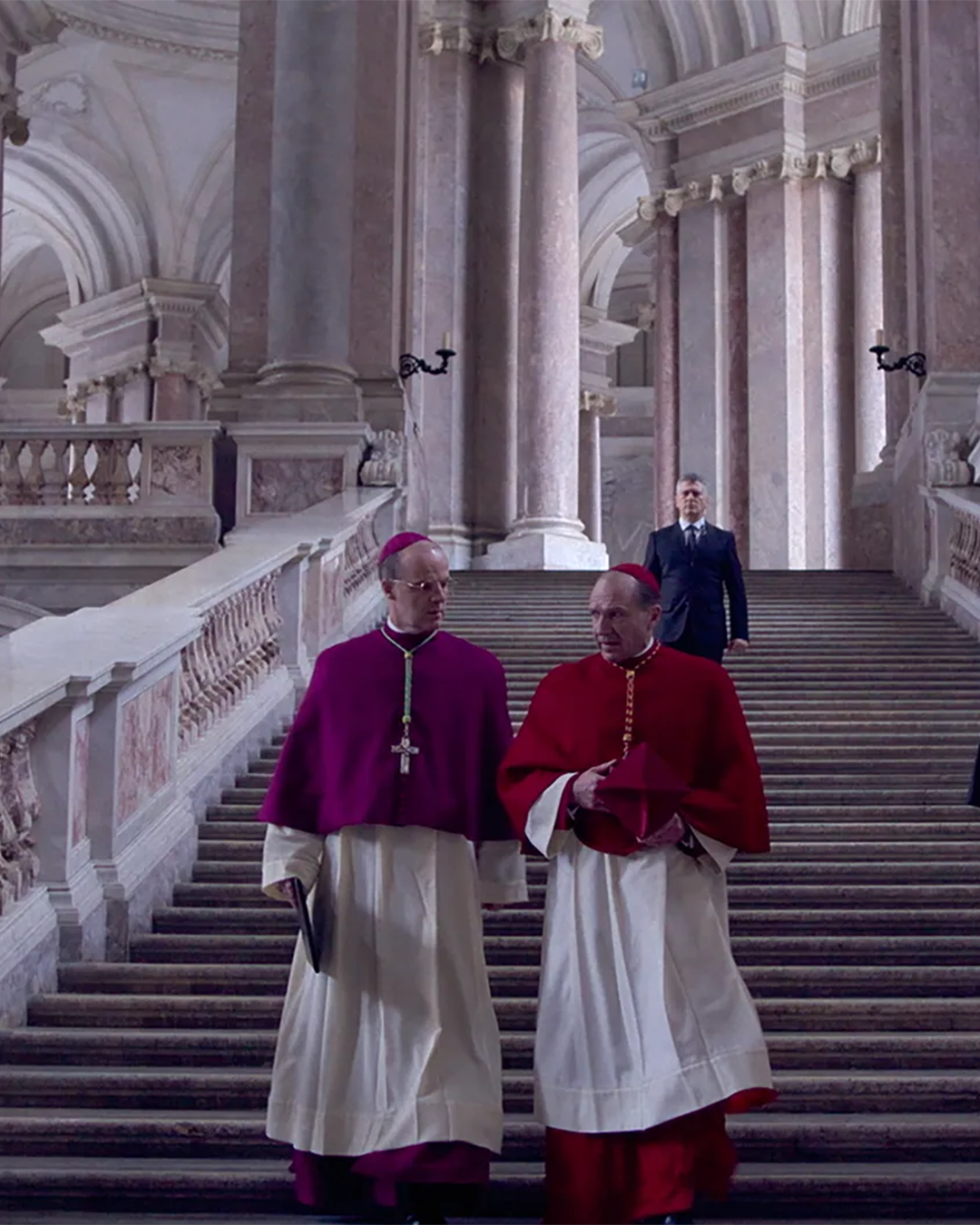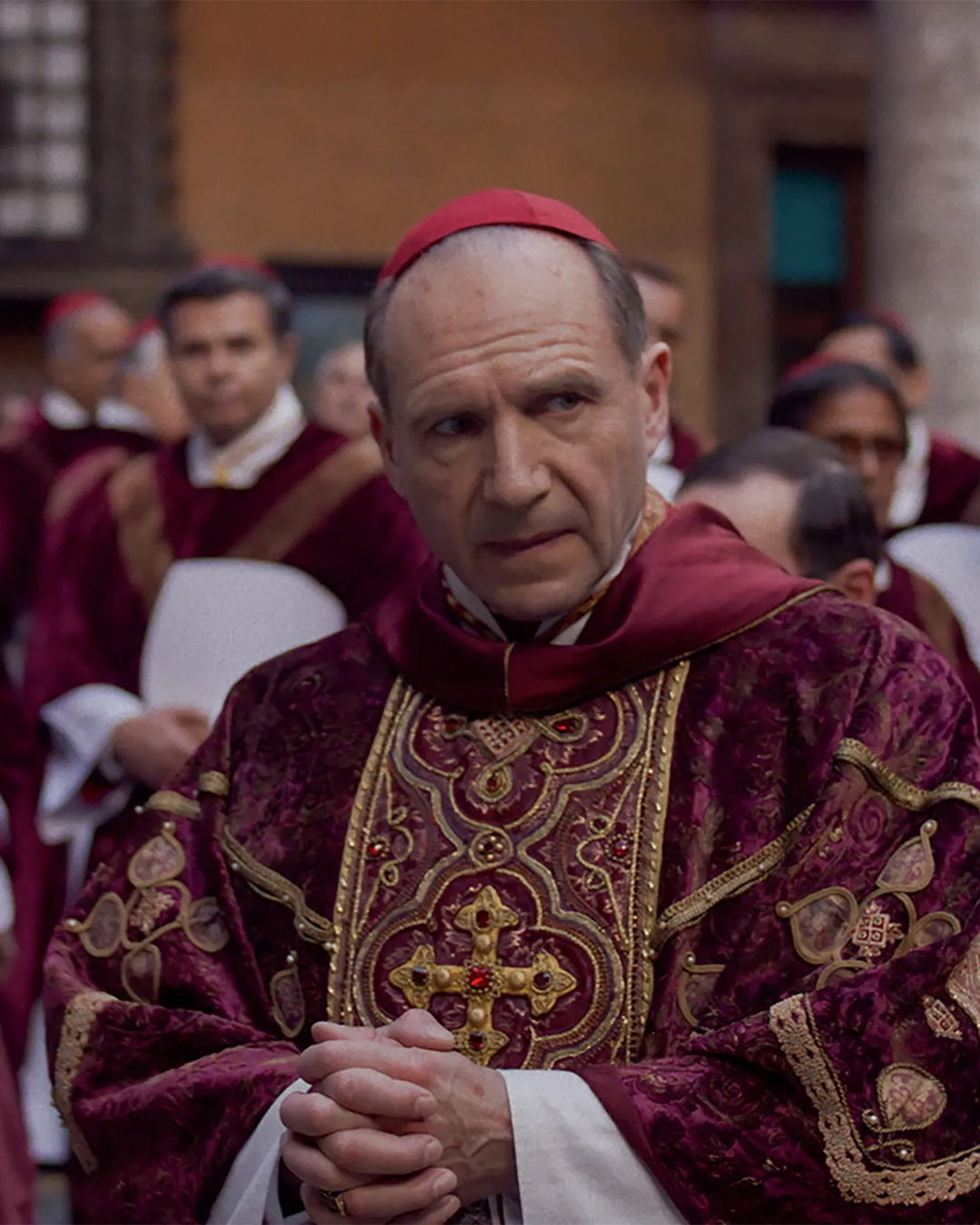
How similar is "Conclave" to the real conclave? The film to catch up on in order to better understand what is about to begin
Among the most acclaimed films of last year by both critics and audiences was Conclave, which recently returned to the spotlight ahead of the homonymous meeting of cardinals, set to begin tomorrow. As highlighted in the film, the voting process for electing a new pope is shaped by complex dynamics, involving strategic alliances and ideological factions that concretely influence the final outcome. It is precisely the attention to detail in reconstructing the settings and procedures of the conclave that made the film so appreciated. The plot – full of twists – does the rest. Set after the death of Gregory XVII (a pope portrayed as charismatic and much loved), Conclave follows Cardinal Thomas Lawrence (played by Ralph Fiennes) as he faces off against the four main candidates for the papacy, each representing a different vision of the Catholic Church: there's the progressive one, partly aligned with the orientation of the recently deceased pope; the conservative one; the more moderate figure; and finally the candidate who represents the most traditionalist faction. In the film, however, as the conclave progresses, revelations and scandals emerge that call into question the integrity of the election and the credibility of the Catholic Church as an institution. The final twist was described by Variety as “one of the most satisfying [...] in recent years”; The Guardian also praised the film's “claustrophobic tension”, along with Isabella Rossellini’s masterful performance. It’s no surprise, then, that the film won the Oscar for Best Adapted Screenplay, as well as awards at the Golden Globes and the BAFTAs – the most prestigious British film awards. Conclave is, in fact, an adaptation of the novel of the same name by English writer Robert Harris: according to most critics, director Edward Berger succeeded in preserving the narrative style of the literary work while also maintaining high tension throughout the entire film.
But what is a conclave and how does it work?
The term “conclave” comes from Latin and means “locked with a key,” referring to the state of isolation experienced by the cardinals during the process of electing a new pope. What is essentially a meeting to appoint the new head of the Catholic Church is filled with solemn and symbolic procedures that have inspired novels and films over the years, including Conclave itself. The real conclave usually begins between the 15th and 20th day after the end of the pontificate, but it can start earlier if all the cardinal electors are present – the current one will begin on May 7. Although there are some exceptions, only cardinals under the age of 80 can vote. Normally, the pope is chosen from among the cardinals present, but in theory, any man can be elected – as long as he is baptized, unmarried, and male. All the conclave’s operations take place in the Sistine Chapel, in Vatican City: the official opening of the ceremony is marked by the famous Latin phrase “Extra omnes” (“Everyone out”), ordering those not entitled to participate to leave the room.
let’s have a CONCLAVE, I wanna have a CONCLAVE
— Meryl Streep shady facts RELOADED (@mikesmicYT) May 2, 2025
lock the doors…. TIGHT
The election takes place exclusively through a secret ballot, and to become pope, a candidate must receive a two-thirds majority. There are up to four ballots a day: two in the morning and two in the afternoon, unless exceptions apply. As shown in Conclave, on each ballot card, the cardinals write the name of the person they wish to elect beneath the Latin phrase “Eligo in Summum Pontificem” (“I elect as Supreme Pontiff”); each vote is then read aloud – and the ballot cards are pierced and threaded on a string, as if forming a necklace. Since cardinals cannot communicate with the outside world during the conclave, the result of each vote is signaled by the color of the smoke that rises from the chimney on the roof of the Sistine Chapel: if the smoke is black, it means no pope has yet been elected; if it’s white, it means the conclave has fulfilled its purpose. Many people might wonder about the point of such a ceremonious and theatrical ritual, seemingly pointless, like most of the Catholic Church’s centuries-old rites, many of which lack any actual practical function. The issue, however, is more complex and stems from the fact that there are no religions, cultures, or civilizations without rituals. Anthropology has long highlighted this fact, and one of the strengths of Conclave is precisely how it emphasizes this while remaining an engaging film.


